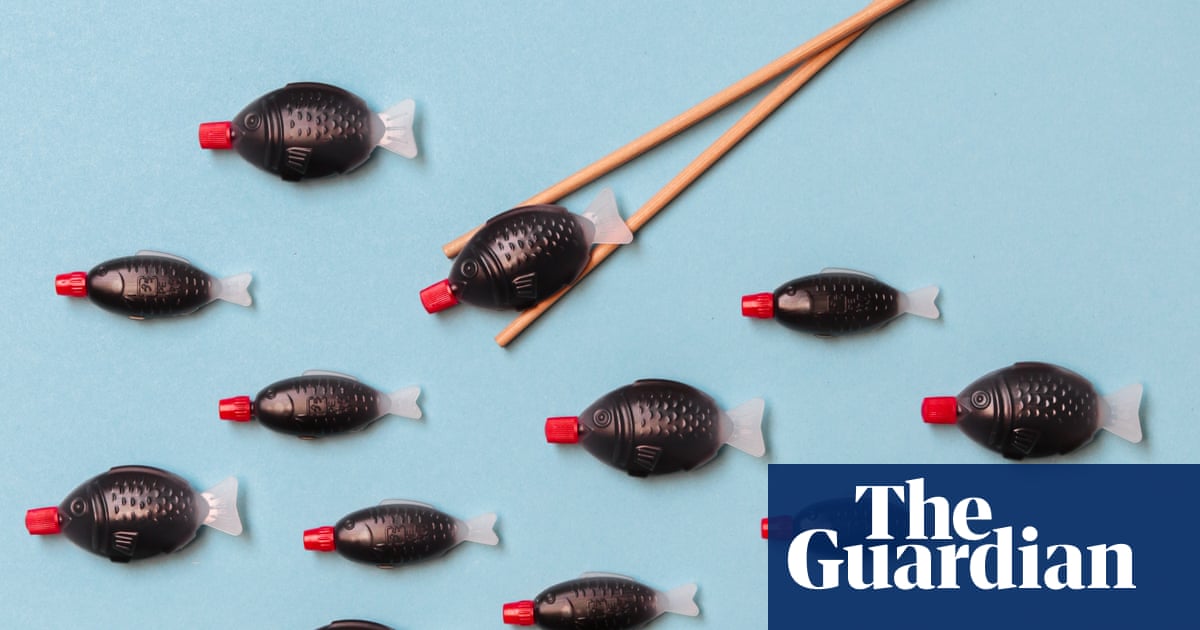The device known as shoyu-tai (or soy-sauce snapper in Japanese) was invented in 1954 by Teruo Watanabe, the founder of Osaka-based company Asahi Sogyo, according to a report from Japan’s Radio Kansai.
It was then common for glass and ceramic containers to be used but the advent of cheap industrial plastics allowed the creation of a small polyethylene container in the shape of a fish, officially named the “Lunch Charm”.
The invention quickly spread around Japan and eventually worldwide, and it is estimated that billions have been produced.



Keep in mind that PLA also leaks microplastics into food and could also be considered a risk to health just like other plastics.
Aren’t these biodegradable, though? I imagine the body would eventually process them, unlike hydrocarbon based plastics.
“Biodegradable” doesn’t mean “biodegradable in the conditions in the human body.” Lots of ‘green’ plastics are only compostable at a fairly high temperature (120F/50C) and with specific bacteria present.
deleted by creator
Biodegradable ( “green” ) needs a new definition
I’ve started to see home compostable on some packages.